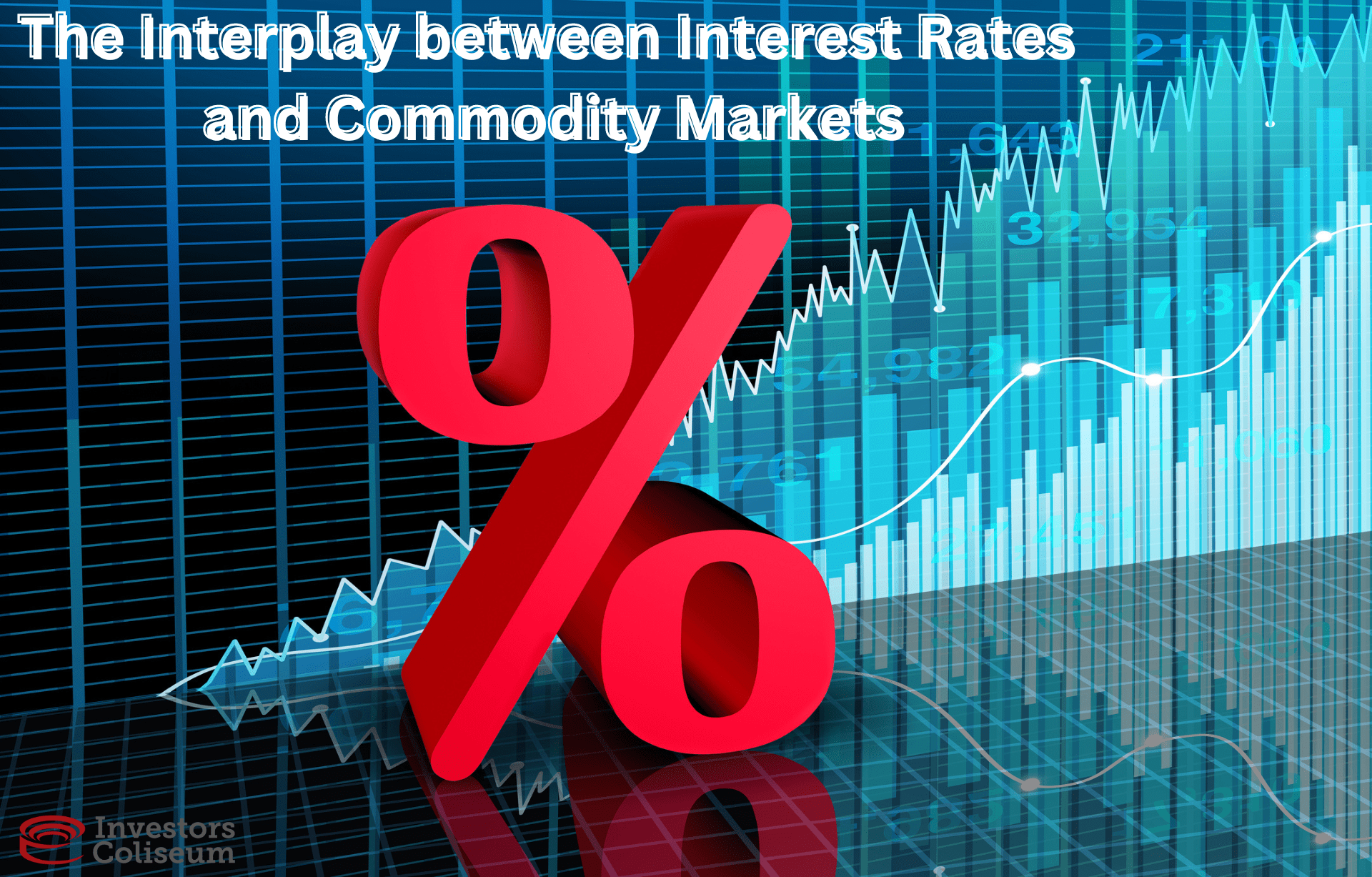
Introduction: The relationship between interest rates and commodity markets is intricate and multifaceted, exerting significant influence on global economic dynamics. Fluctuations in interest rates have profound effects on commodity prices, and vice versa, creating a complex interplay that shapes market behavior and investor sentiment. This essay provides an overview of how interest rates impact commodity markets and vice versa, exploring the mechanisms through which these dynamics unfold.
Interest Rates and Commodity Markets: Interest rates serve as a fundamental determinant of investment decisions across various asset classes, including commodities. When central banks adjust interest rates, they influence borrowing costs, investment returns, and the opportunity cost of holding different assets. As interest rates rise, the cost of borrowing increases, leading to reduced demand for loans and investment capital. Consequently, this can dampen economic activity and lower demand for commodities used in production and consumption, such as oil, metals, and agricultural products.
Conversely, when interest rates decline, borrowing becomes cheaper, incentivizing businesses to expand operations and consumers to increase spending. This heightened economic activity typically stimulates demand for commodities, thereby exerting upward pressure on their prices. Additionally, lower interest rates can weaken the value of the currency, making commodities priced in that currency more attractive to international buyers, further bolstering demand.
Moreover, interest rate policies can influence investor sentiment and risk appetite, impacting commodity prices through financial markets. Higher interest rates may attract investors seeking yield-bearing assets like bonds, diverting capital away from commodities and leading to price declines. On the contrary, lower interest rates may drive investors towards commodities as an inflation hedge or a store of value, amplifying demand and driving prices higher.
Inflation Expectations and Commodity Markets: Interest rates play a crucial role in shaping inflation expectations, which in turn influence commodity markets. Central banks often adjust interest rates in response to inflationary pressures, aiming to maintain price stability. When interest rates are raised to combat inflation, it can dampen economic activity and curb demand for commodities, causing prices to soften. Conversely, if interest rates are lowered to stimulate economic growth amidst low inflation, it can boost commodity prices as demand strengthens.
Commodities are often perceived as a hedge against inflation, as their tangible nature and finite supply make them resilient to currency devaluation. Therefore, changes in interest rates that signal shifts in inflation expectations can significantly impact investor demand for commodities. For instance, if investors anticipate higher inflation due to accommodative monetary policies, they may allocate more capital towards commodities to preserve purchasing power, driving prices up.
Global Economic Conditions and Interest Rate Policies: Interest rate policies are not only influenced by domestic economic conditions but also by global factors such as geopolitical events, trade dynamics, and monetary policies of other major economies. Changes in global interest rates, particularly in reserve currencies like the US dollar, can reverberate across commodity markets worldwide.
For instance, the US Federal Reserve’s decisions on interest rates can have far-reaching implications for commodity prices, as the dollar serves as the primary pricing and reserve currency for many commodities. When the Fed tightens monetary policy by raising interest rates, it strengthens the dollar, making commodities more expensive for holders of other currencies and potentially dampening global demand. Conversely, when the Fed adopts accommodative policies, it weakens the dollar, spurring demand for commodities and driving prices higher.
Conclusion: The relationship between interest rates and commodity markets is dynamic and multifaceted, with each exerting significant influence on the other. Changes in interest rates affect borrowing costs, inflation expectations, investor sentiment, and global economic conditions, all of which impact commodity prices. Conversely, commodity market dynamics, such as supply disruptions and demand shocks, can also influence interest rate policies by shaping inflationary pressures and economic outlooks. Understanding the intricate interplay between interest rates and commodity markets is essential for investors, policymakers, and market participants seeking to navigate the complexities of the global economy.